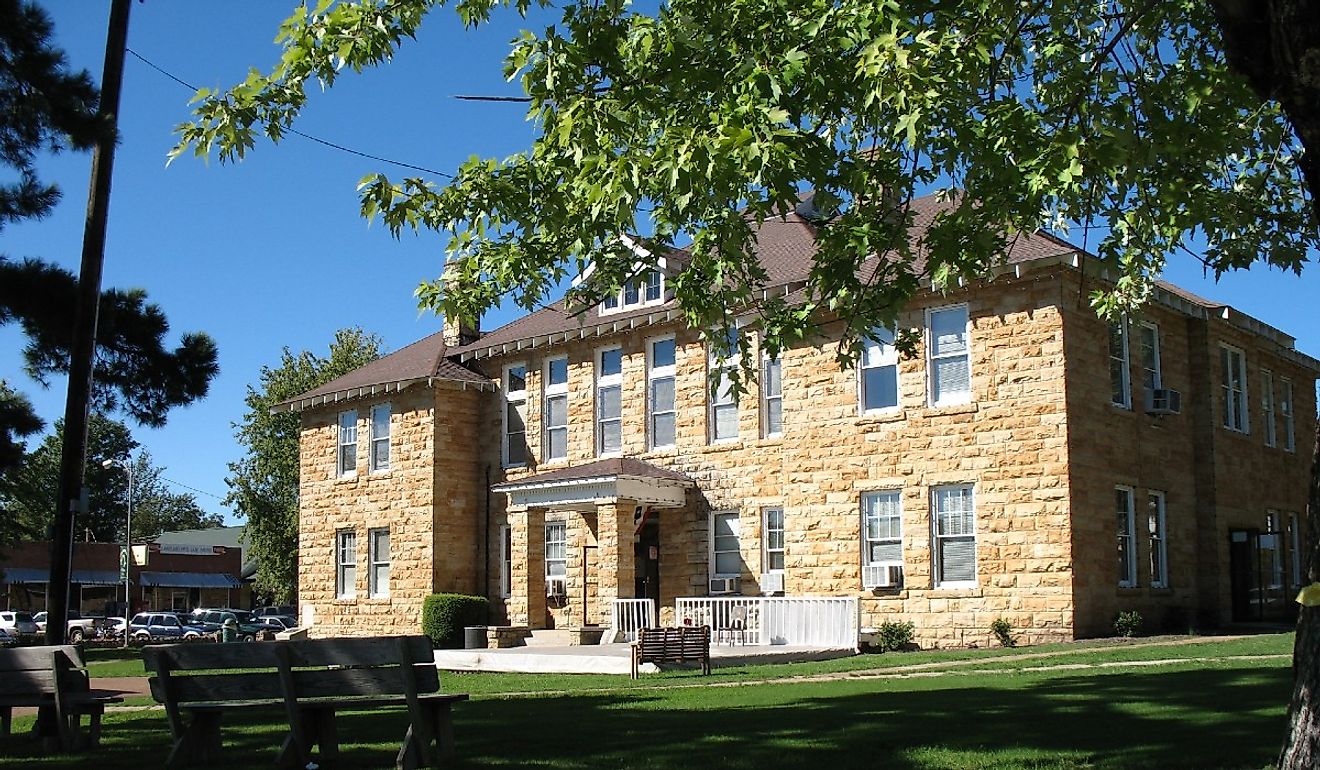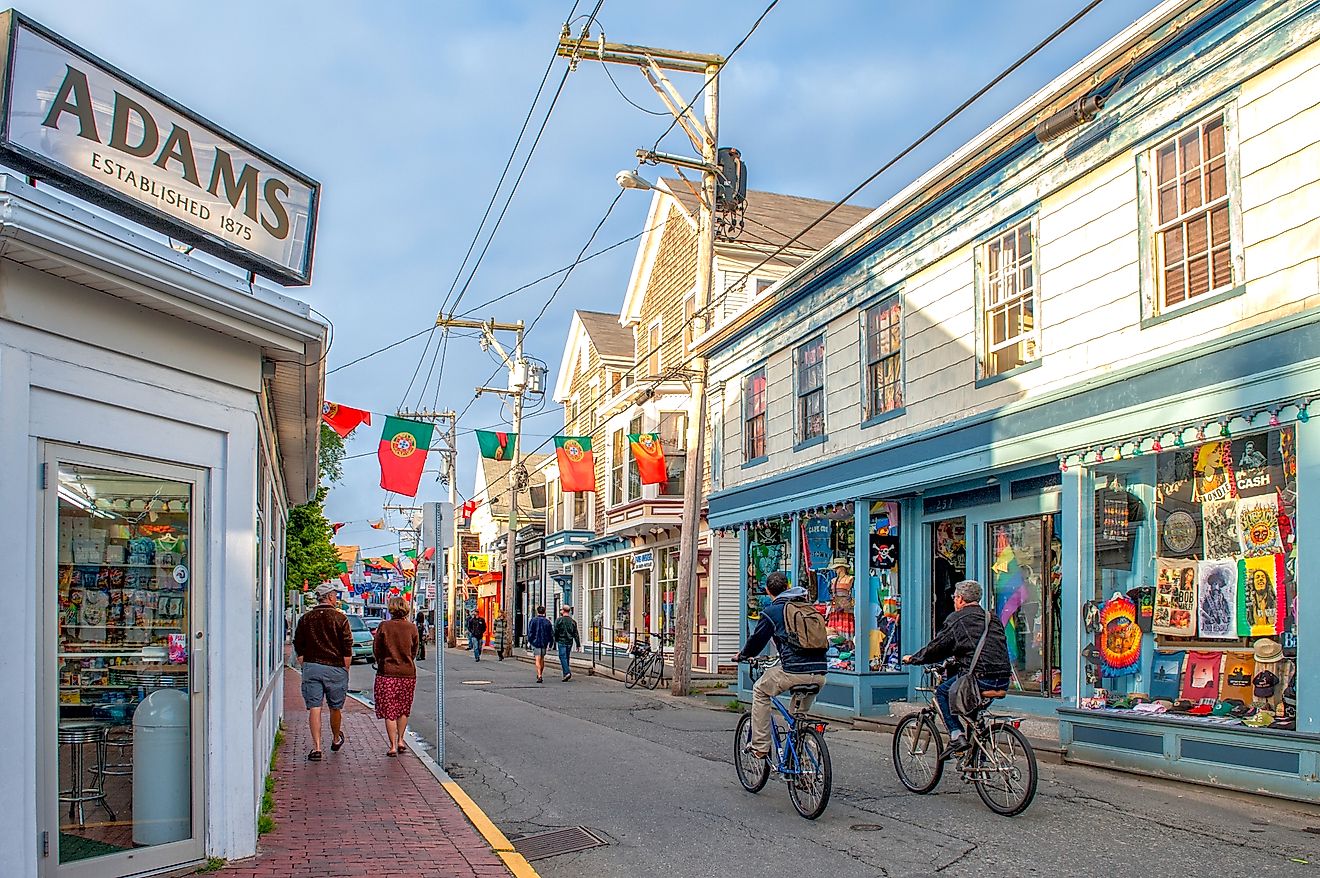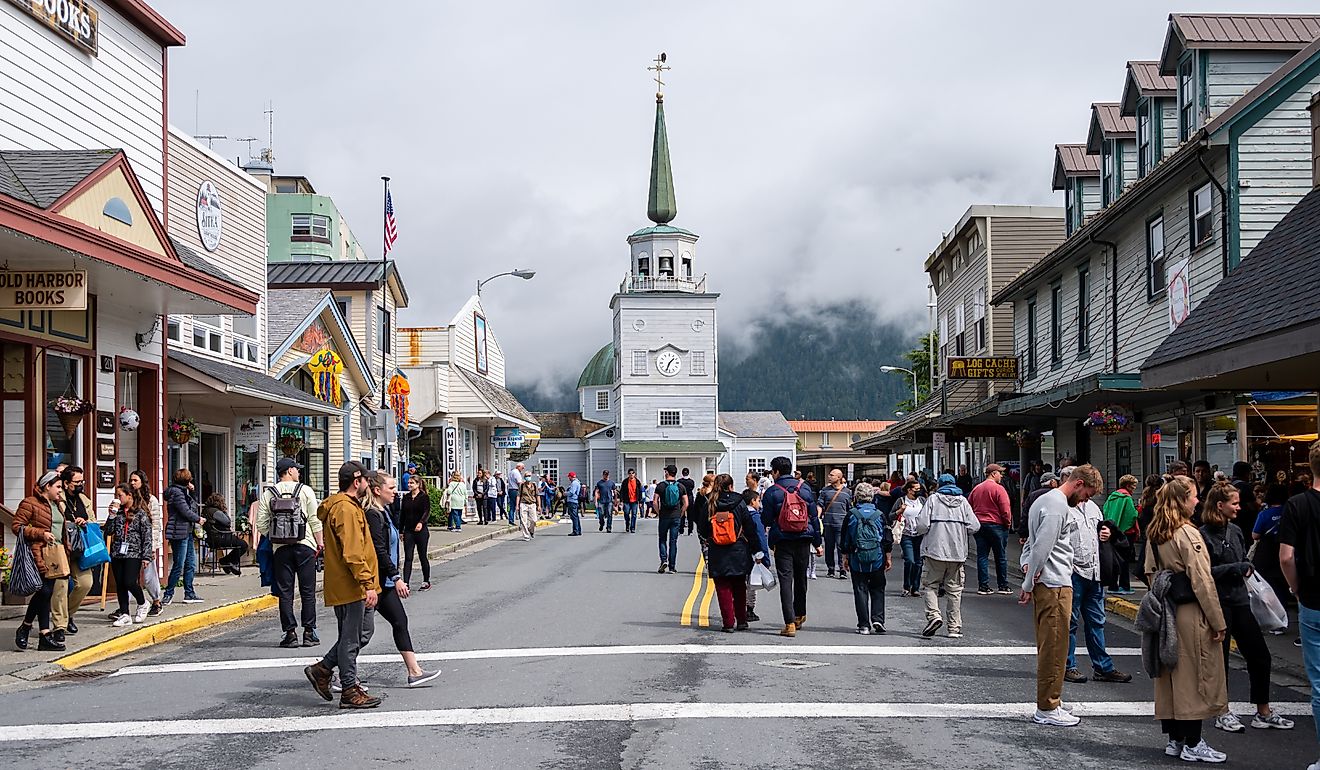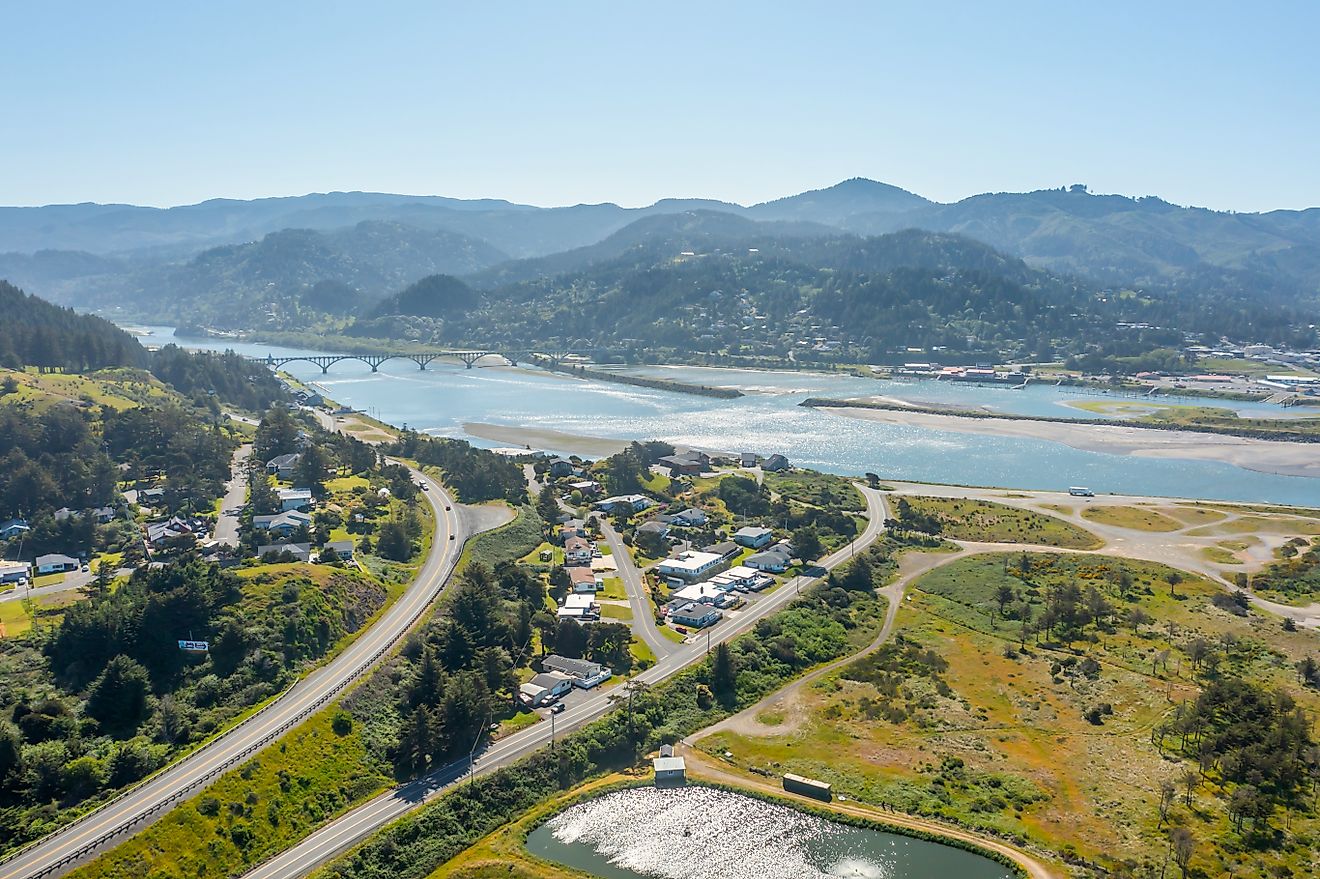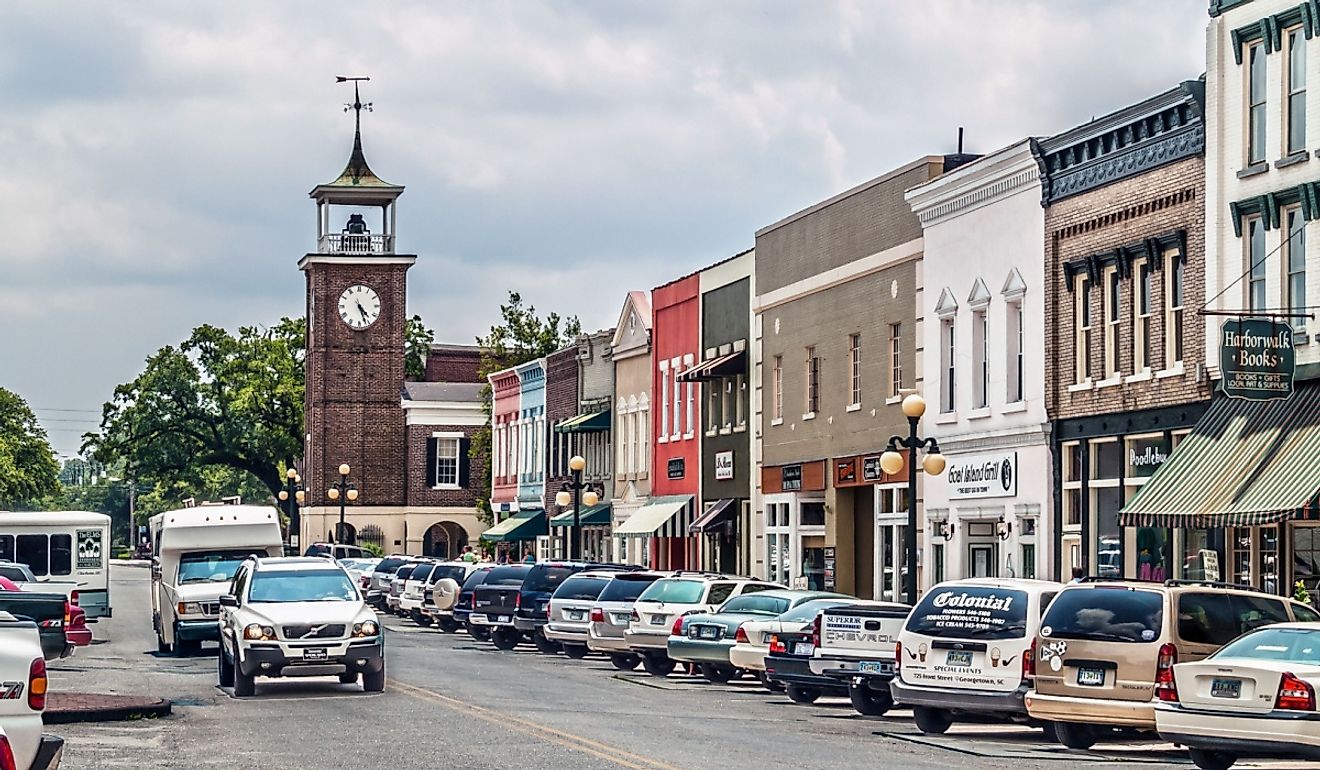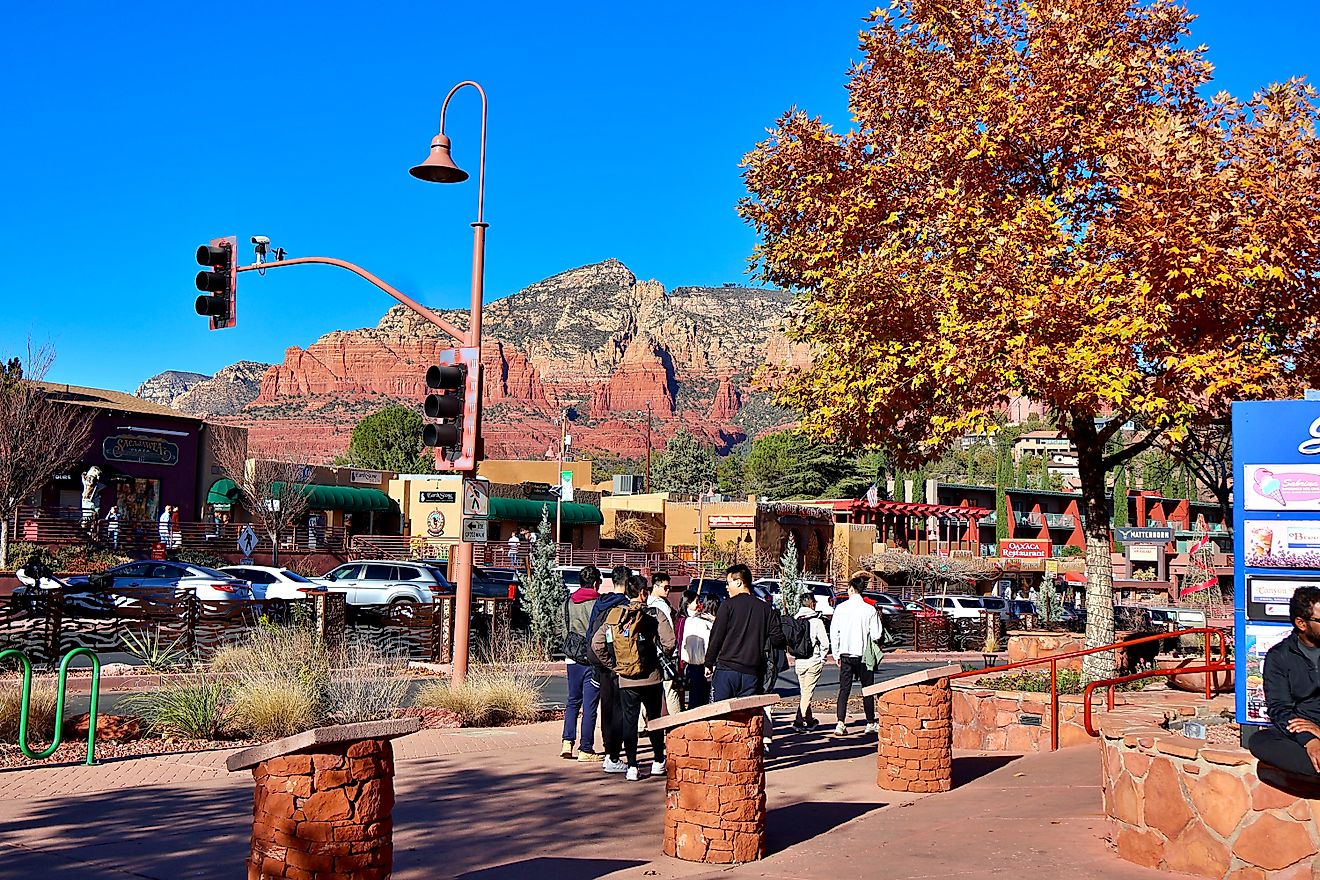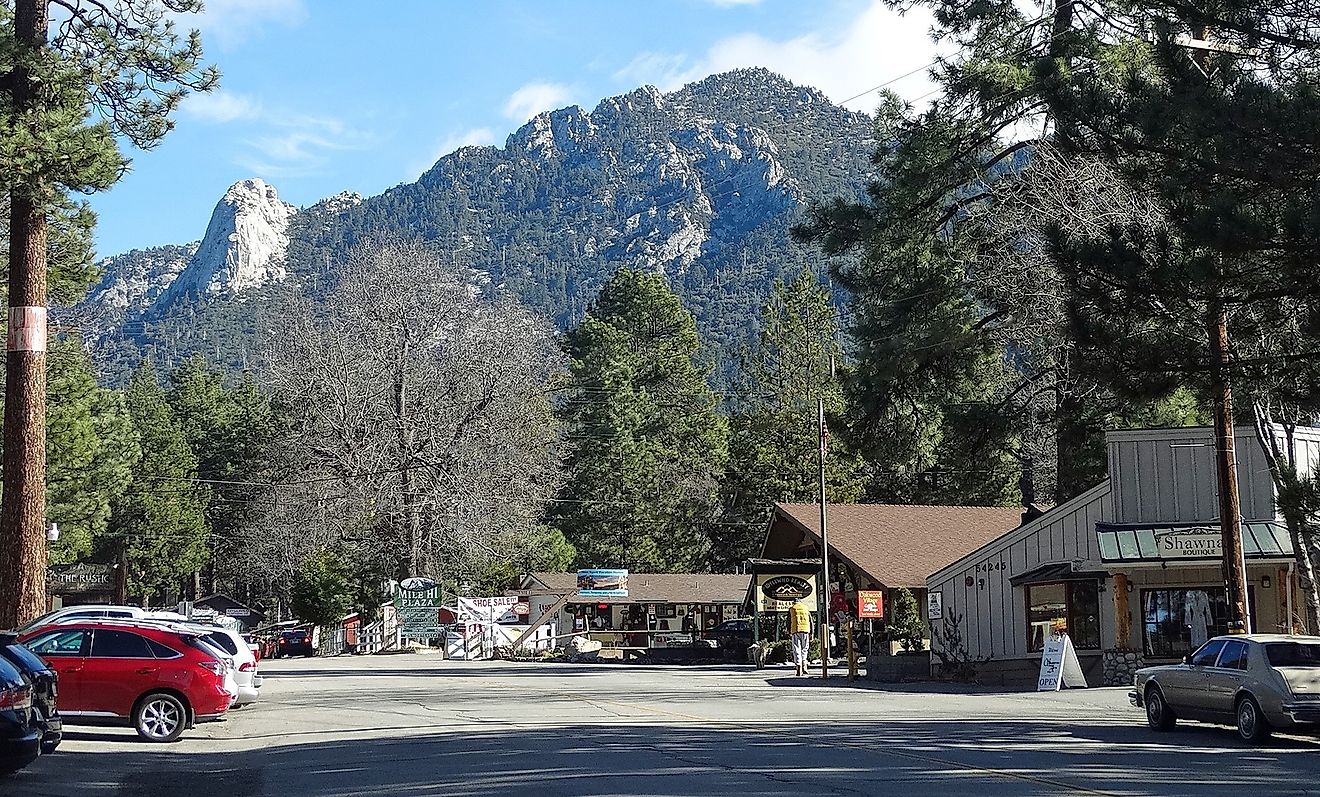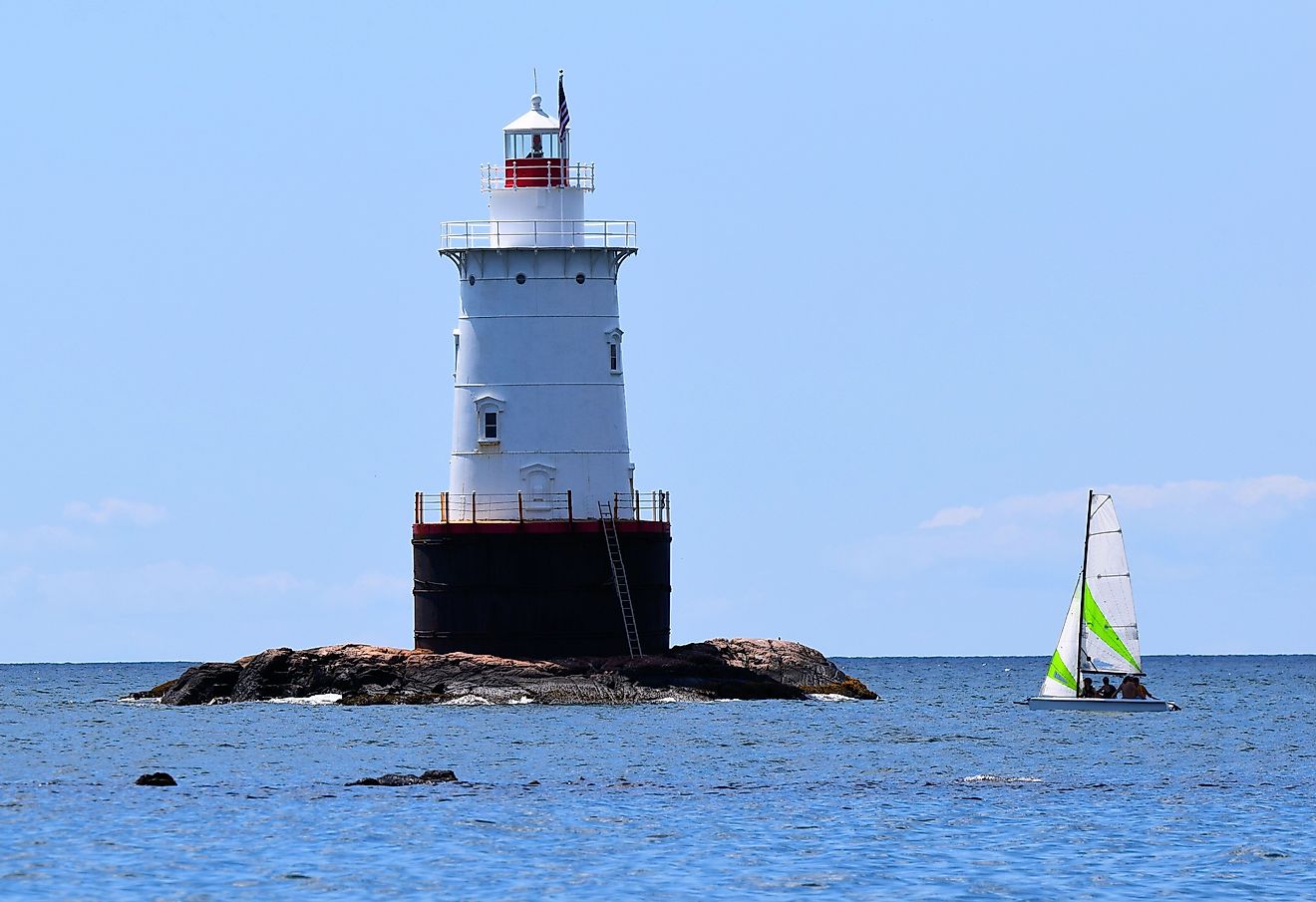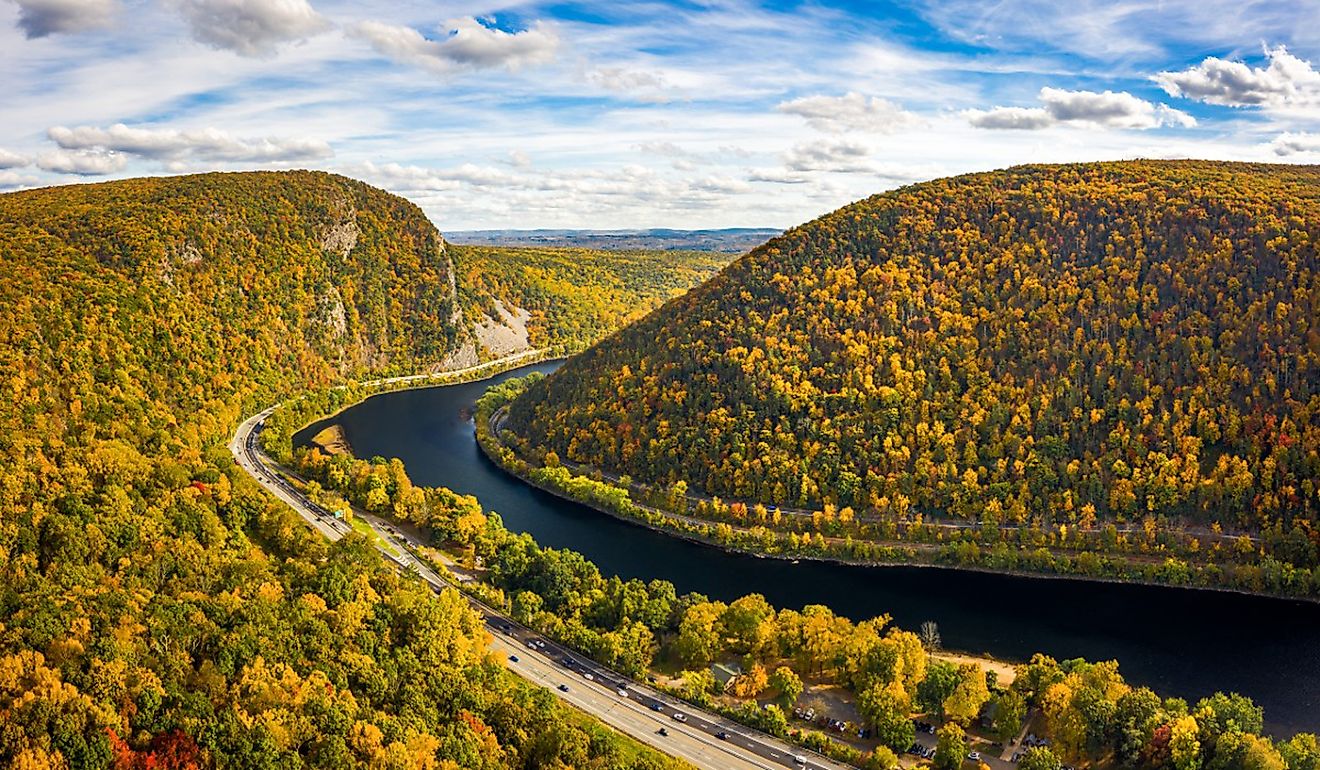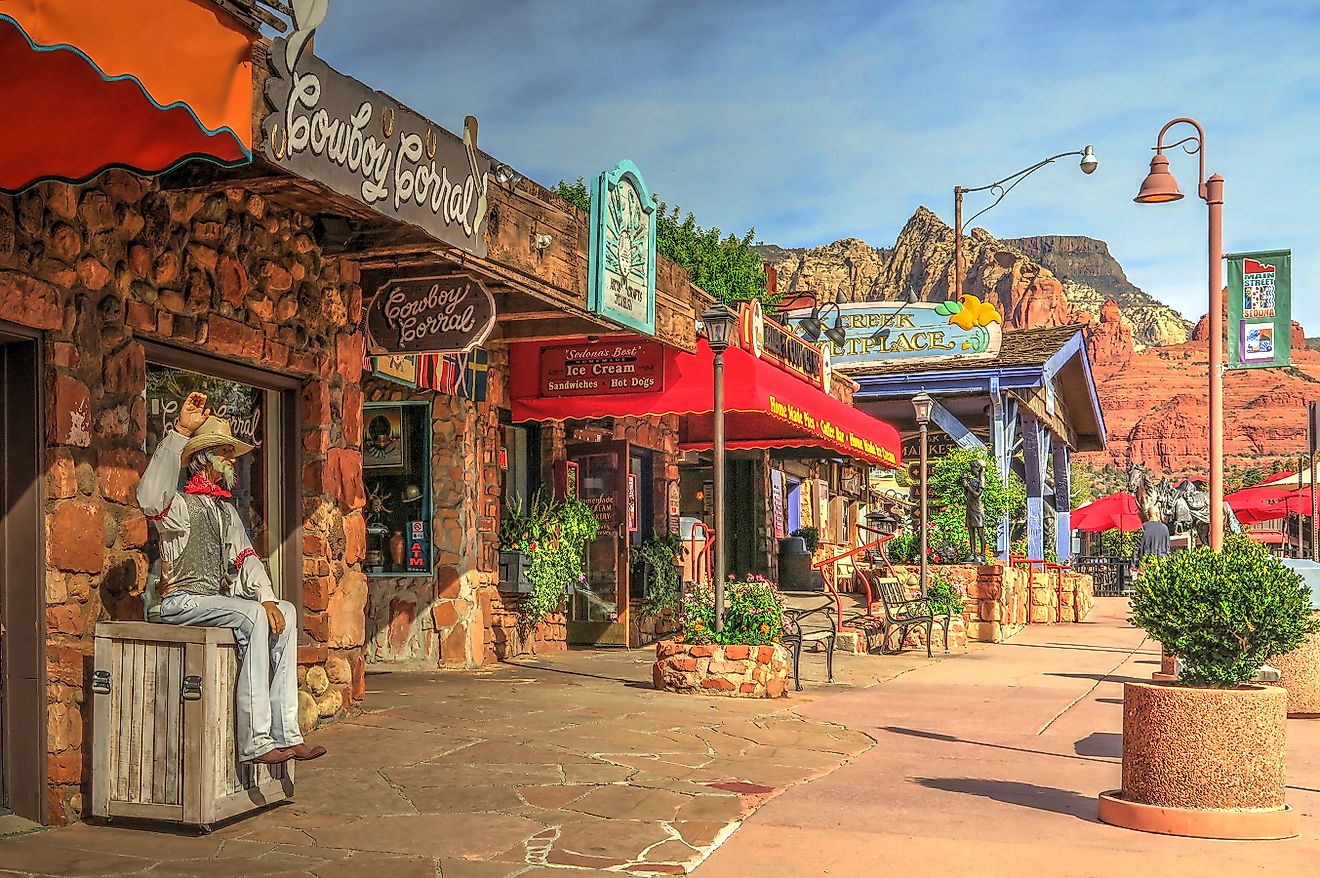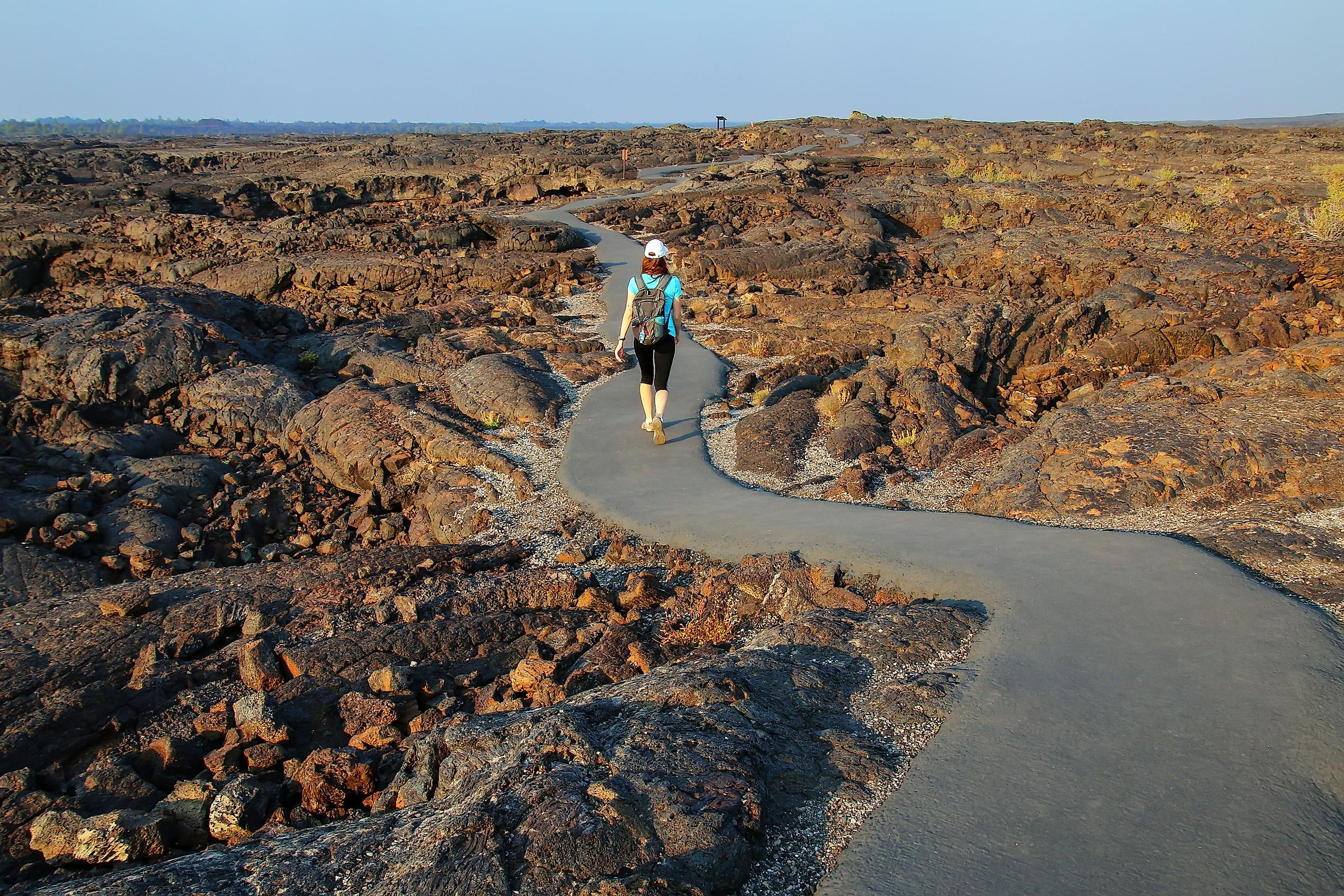
7 Strangest Landmarks in Idaho
Idaho lures millions of tourists annually to its world-class natural scenery and relative remoteness in the eastern half of the Pacific Northwest. Although its mountains, lakes, forests, and deserts are good reasons to visit, this state also has its fair share of odd attractions.
From giant root vegetables to museums dedicated to household items, join us as we explore these truly strange landmarks you can see today in the Gem State.
Dog Bark Park Inn

One of Idaho’s most unusual roadside attractions is the Dog Bark Park Inn, a 30-foot-tall beagle-shaped structure affectionately known as “Sweet Willy.” Built in 2003 by artists Dennis and Frances Conklin, this massive wooden dog stands in the small town of Cottonwood and has long captured attention for both its size and whimsy.
Although it previously operated as a bed-and-breakfast, overnight stays were discontinued in 2024 following the owners’ retirement. Today, the site remains open to visitors as a quirky landmark, featuring a gift shop and gallery of hand-carved wooden dog sculptures made by the Sullivans. While you can no longer sleep inside the beagle, it's still worth a stop for photos and folk art.
Centre of the Universe
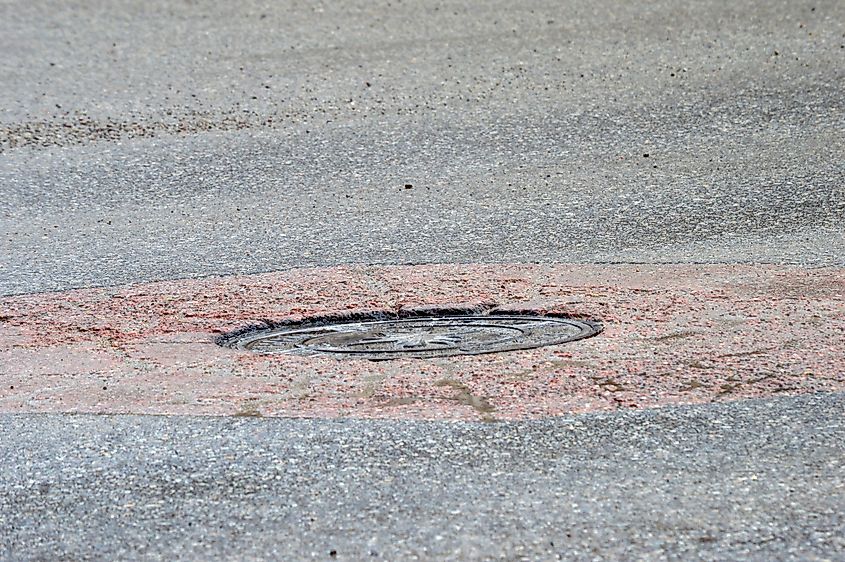
In 2004, the mayor of Wallace, Idaho, issued a tongue-in-cheek proclamation declaring a manhole cover at the intersection of Bank and Sixth Streets as the “Center of the Universe.” The claim is unprovable, but the bulk of this landmark's intrigue is that it also can't be disproven, a real philosophical attraction if there ever was one. A plaque embedded in the street marks the location and has become a roadside curiosity since. The site sits at the intersection of Bank and Sixth Streets, in front of the historic Wallace Mining Museum, another worthwhile stop on its own.
Wallace, already known for its gorgeous surroundings in Idaho's mountainous panhandle, embraced the designation to further diversify its appeal as a tourist destination for all interests, from hiking and skiing to geological oddities.
Idaho Potato Museum

The Idaho Potato Museum in Blackfoot is dedicated to the state’s most iconic crop. In a former Oregon Short Line Railroad depot built in 1913, the museum explores the agricultural, scientific, and cultural history of none other than the potato.
Exhibits here cover everything from early potato farming techniques to the development of modern harvesting equipment. You can also glimpse the world’s largest potato chip, measuring an astounding 25 inches across!
The museum includes an on-site café that serves several unique snacks, from potato ice cream to potato cupcakes, as well as a gift shop selling all the spud-related merchandise you could ever want. A giant fiberglass potato out front also serves as a popular photo stop.
Freak Alley Gallery
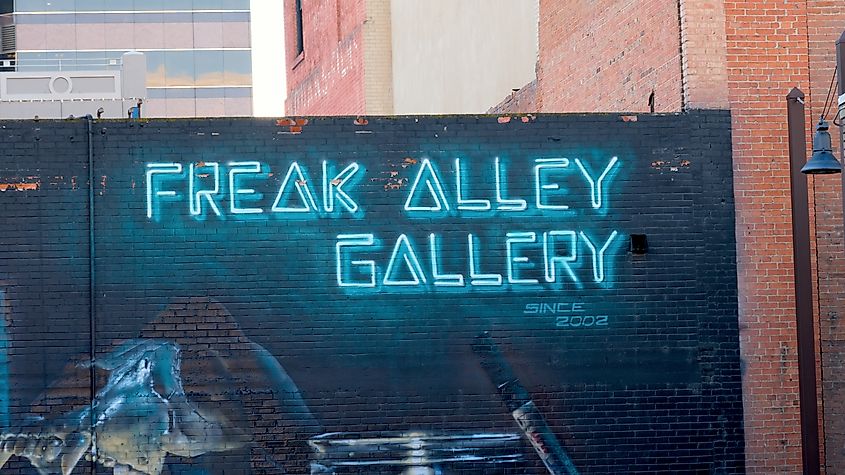
Freak Alley Gallery, in downtown Boise between 8th and 9th Streets and Bannock and Idaho Streets, is widely considered the largest outdoor mural gallery in the Pacific Northwest. Established in 2002 when artist Colby Akers painted a doorway of Moon's Café, the gallery has expanded to encompass the entire alley and an adjacent parking lot.
Over 200 artists have contributed to this ever-evolving space, showcasing a diverse array of murals and graffiti-inspired art ranging from the wild and wacky to more serious historical and political depictions.
The gallery stays fresh with annual transformations, as new murals are added each summer during a public painting event. Supported solely through donations and volunteer efforts, Freak Alley Gallery is a vibrant example of Boise's thriving artistic community that is free and easy to check out the next time you're in Idaho's capital.
Craters of the Moon National Monument

Craters of the Moon National Monument and Preserve is a vast expanse of lava flows, cinder cones, and fields of sagebrush, covering over 1,100 square miles in south-central Idaho. Established in 1924, the area showcases some of the best-preserved volcanic features in the continental United States.
You can explore this otherworldly landscape via Loop Road, which provides access to various geological features. Notable stops include the North Crater Flow, where you'll be able to observe different petrified lava types, and the Tree Molds Trail, which reveals impressions left by trees incinerated by previous lava flows. Moreover, the Devil's Orchard Nature Trail offers a half-mile loop through various lava-transported cinder cone fragments, providing an up-close experience of the area's unique geological history.

For those interested in spelunking, the Caves Area features lava tubes like Dewdrop Cave and Indian Tunnel. These caves, formed by flowing lava, are accessible via short hikes and require a free permit to enter. Visitors are advised to carry flashlights and be prepared for its very uneven terrain.
If you plan to stay the night, the Lava Flow Campground will allow you to spend the night under the stars in this strange yet incredible national park.
Museum of Clean
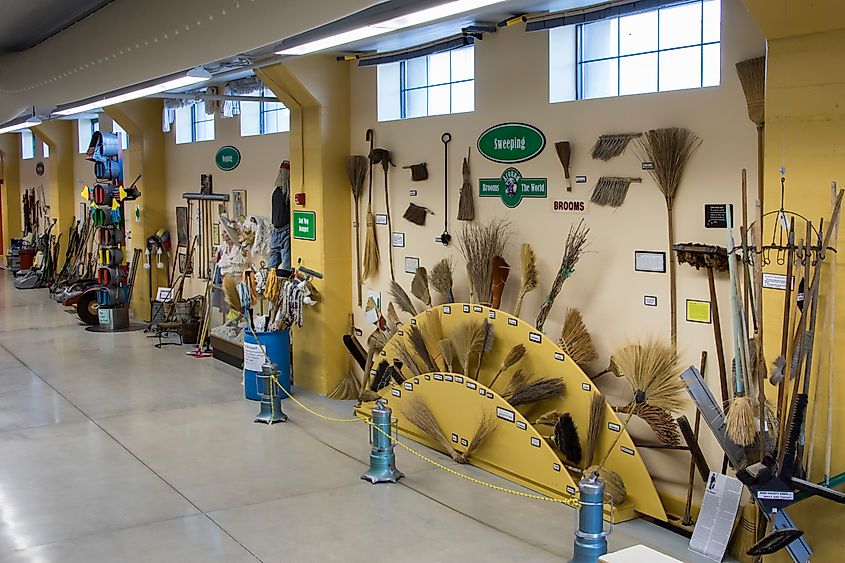
The Museum of Clean in Pocatello is a unique museum dedicated to the history and impact of cleanliness in general. Opened in 2011, it spans 75,000 square feet and hosts a vast collection of cleaning-related artifacts, from cleaning manuals to chimney sweeps. It’s an educational and quirky destination that highlights a regular part of most people's daily lives.
It notably includes over 1,000 vacuum cleaners, showcasing their development from early manual models to modern electric machines. Exhibits include the first vacuum cleaner, the 1860 Daniel Hess Carpet Sweeper, and a horse-drawn vacuum cleaner from 1902. You will also explore a range of more unusual collections, including a toilet display and a garden dedicated to plants purported to purify air.
In addition to vacuums and household products, the museum explores the broader concept of cleanliness through interactive exhibits on air and water purification, hygiene practices, and the underappreciated art of cleaning. The museum also highlights the importance of cleanliness in modern health, featuring educational displays on the benefits of a clean environment.
Idaho City Historic District

In the heart of Idaho City, the Idaho City Historic District offers a fun and fascinating glimpse into one of the state's oldest settlements. Established during the Boise Basin gold rush in the 1860s, the district still features an eclectic assortment of buildings dating back to the town’s early days.
At its peak, Idaho City was the largest city in the Pacific Northwest, with more than 7,000 residents. Today, however, this community of fewer than 550 attracts visitors with sites like the Boise Basin Museum and the 1867 St. Joseph’s Catholic Church. Around every corner, you will seemingly run into anything from wild west-themed saloons and old-school mercantile to rustic inns, making it appear to have been taken right out of a cowboy movie.
The district was listed on the National Register of Historic Places in 1975 and offers walking tours, on which local experts will take you on an educational journey through its most renowned locales.
Unconventional Idaho: Where Oddities and Landmarks Collide
Idaho is home to some of the most curious landmarks in the United States. From the out-of-this-world landscapes of Craters of the Moon to the quirky charm of the Museum of Clean, these destinations give you something new to see while adventuring in this vast and wonderful part of the country. Whether exploring historic districts like Idaho City or marveling at artistic urban spaces like Freak Alley Gallery, there's undoubtedly a little bit of everything for all who come.
